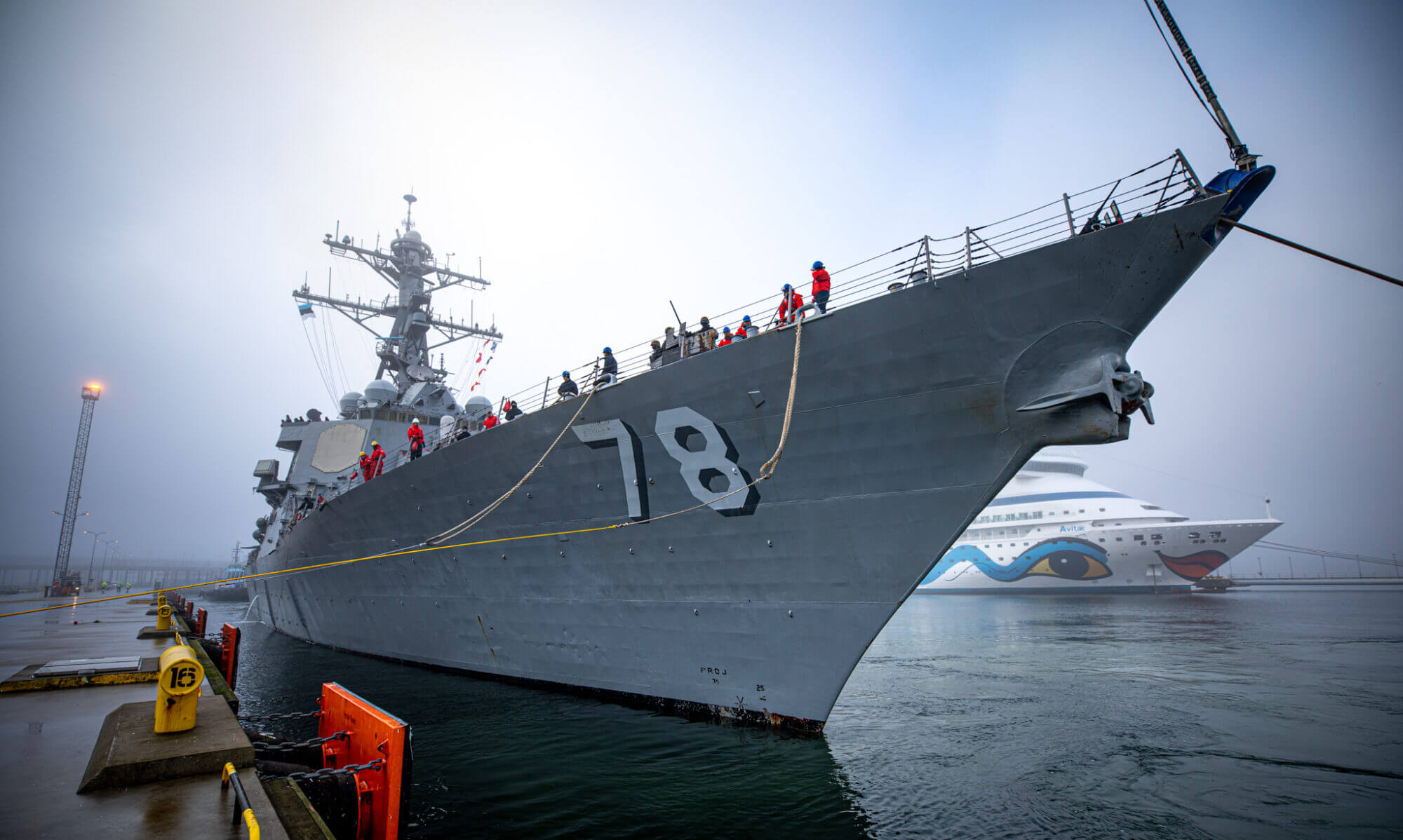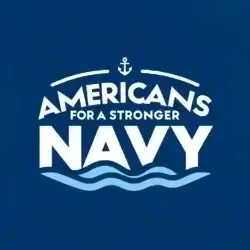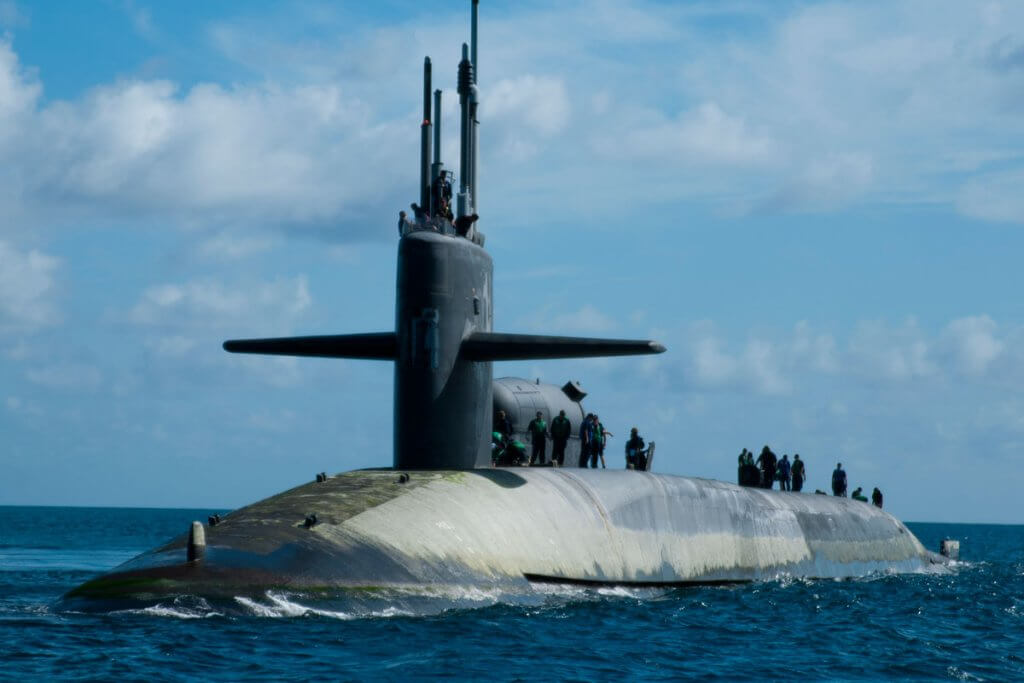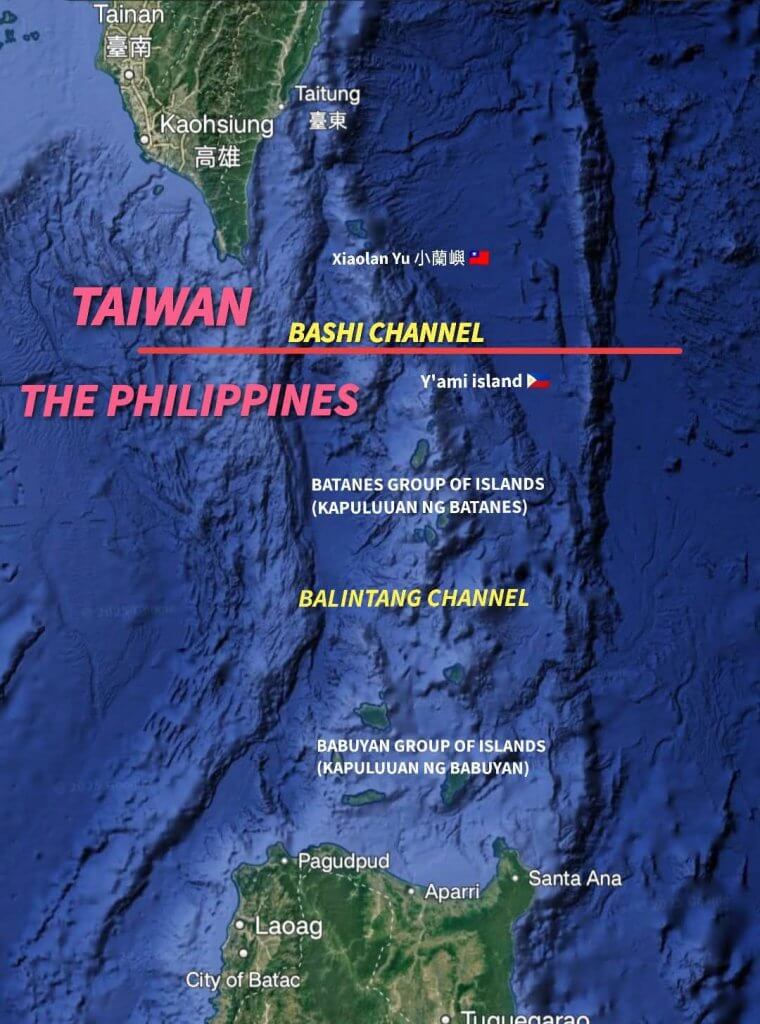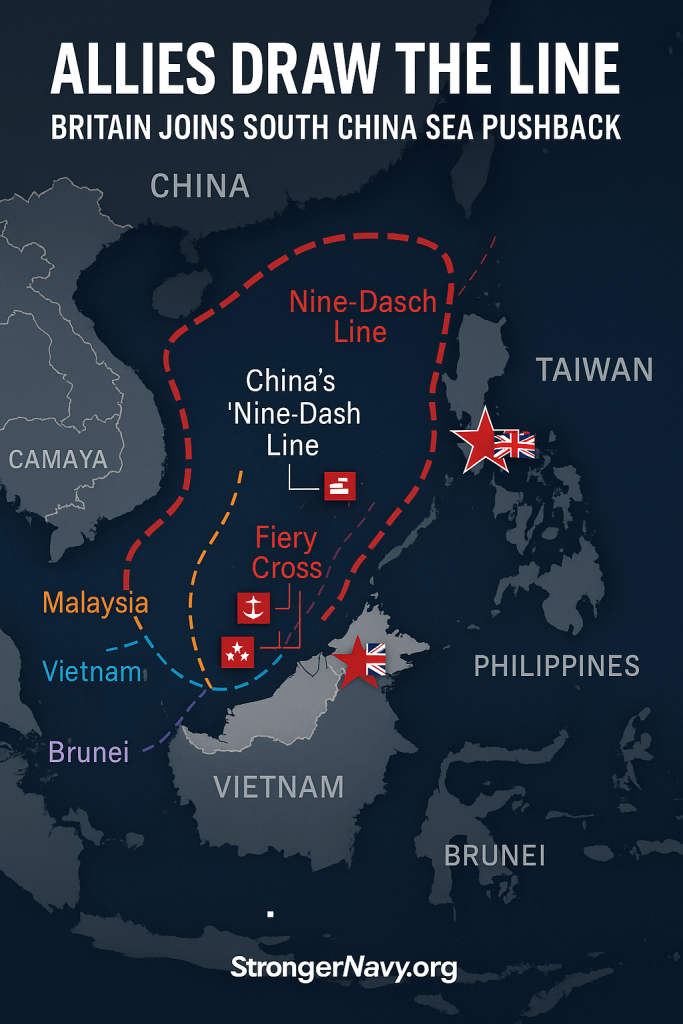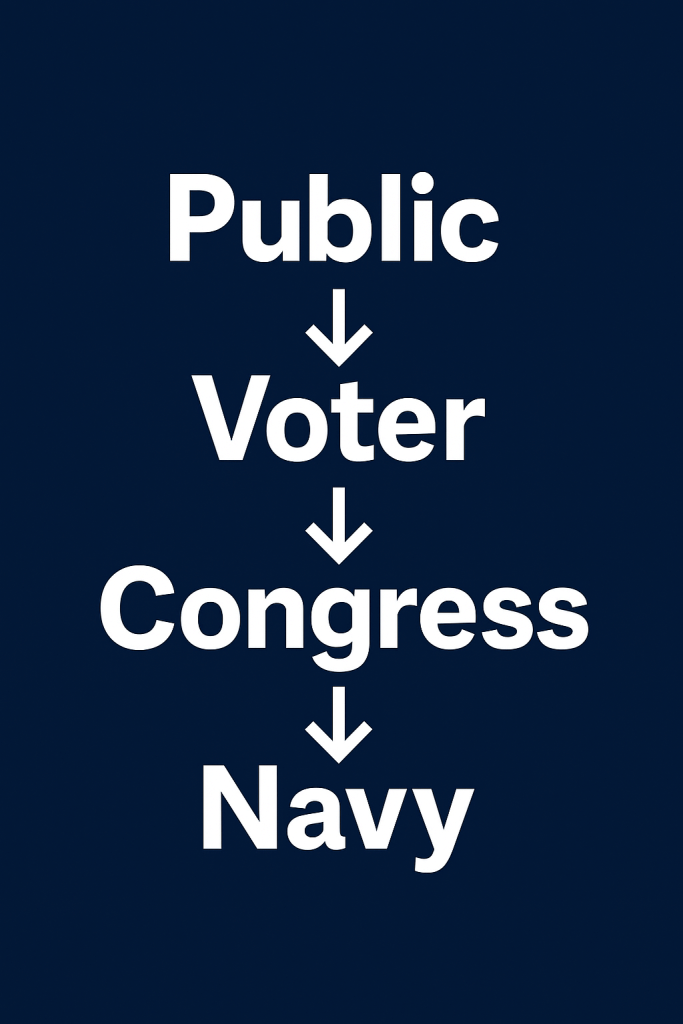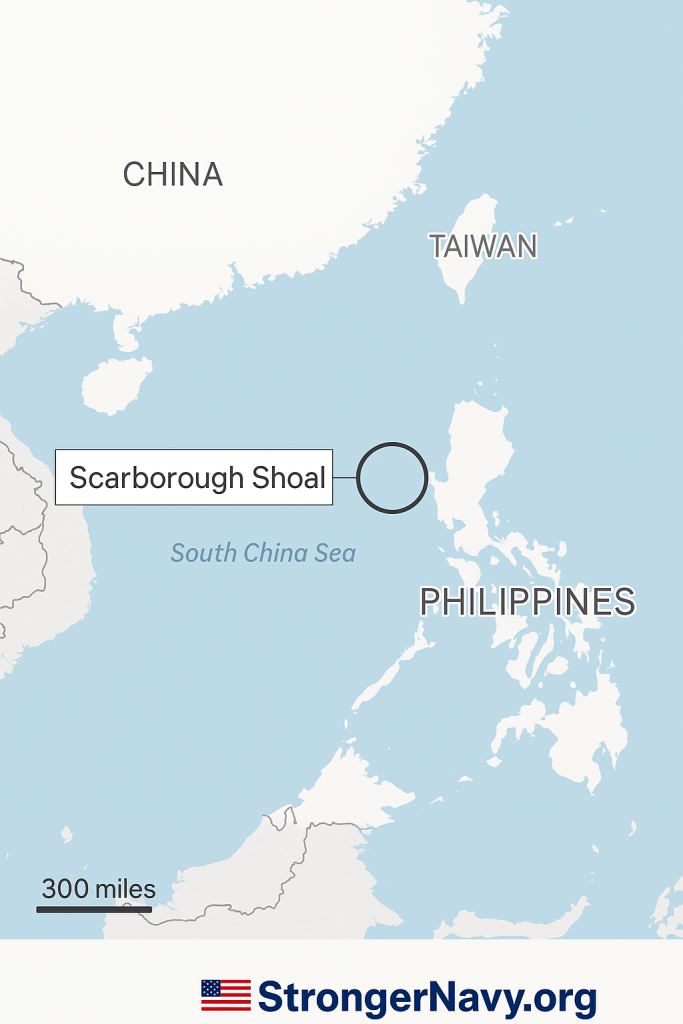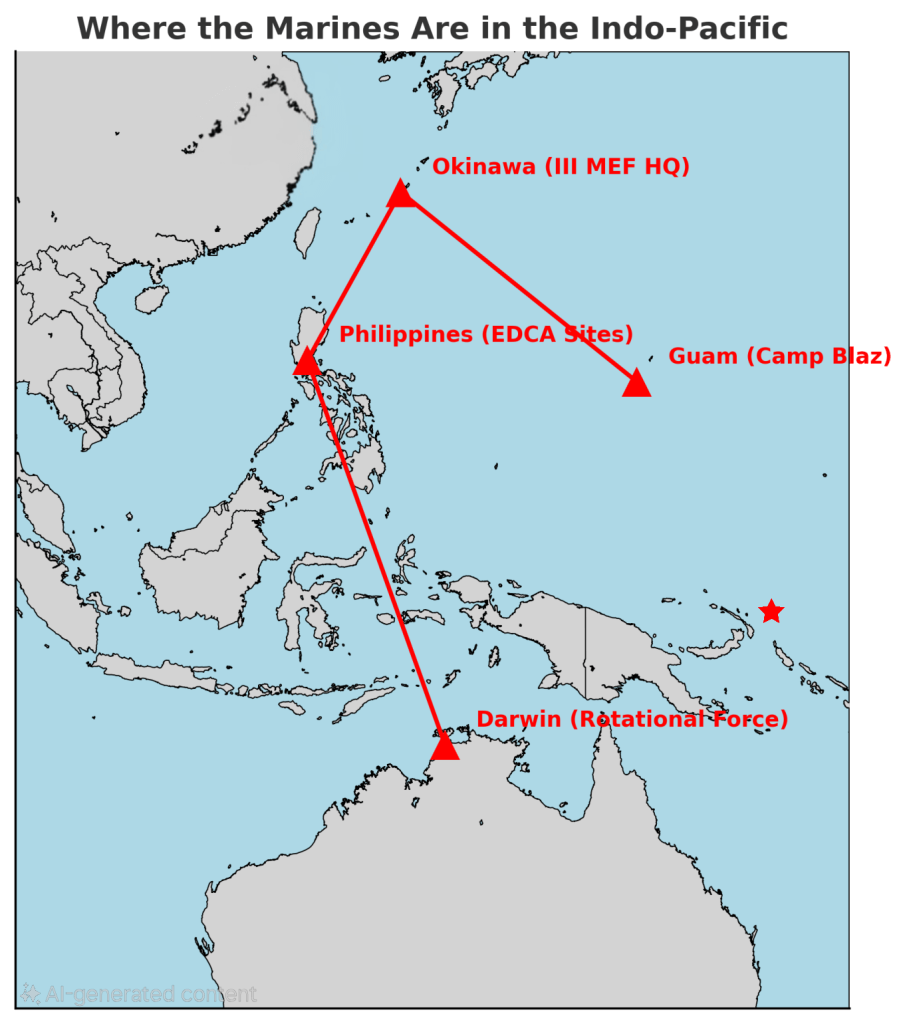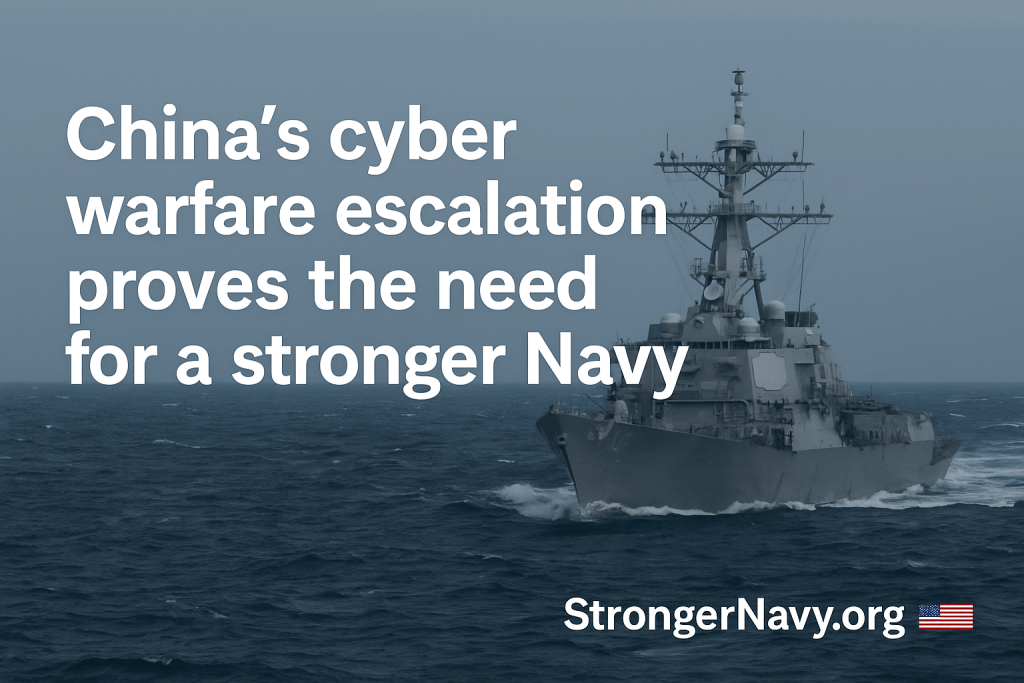

China’s cyber warfare escalation proves the need for a stronger Navy. For two years, we’ve warned that adversaries were already inside our homeland; today’s revelations confirm it and raise the stakes. Cyber defenses matter, but only forward-deployed ships provide the physical presence, analog resilience, and immediate deterrence that malware can’t erase. As we argue at home, Beijing prepares—time is running out to rally behind our sailors, our civilian maritime industry, and the shipbuilding surge America needs.
The Vindication No One Wanted
This morning’s New York Times revelation should serve as a wake-up call, but for those paying attention, it reads like an inevitable conclusion. Despite CIA Director William Burns confronting China’s Minister of State Security in May 2023 with evidence of malicious code embedded in America’s critical infrastructure, China ignored the warnings and escalated operations.
As we’ve written before: “Most people don’t realize it yet. We are already in a quiet war. Not with bombs. Not with missiles. But with fentanyl, with financial schemes, and with cyber attacks.”
Today’s reporting proves we were right. The question is: why did it take a CIA director’s secret mission and a massive intelligence failure for mainstream media to acknowledge the obvious?
Silicon Valley’s Role in America’s Vulnerability
Before we talk solutions, we must address culpability. Silicon Valley—the same industry that promised to “connect the world”—has systematically created the vulnerabilities that China now exploits.
- Supply Chain Sellout: Manufacturing moved to China, transferring critical knowledge of hardware vulnerabilities.
- Backdoor Bonanza: Even solar panels and batteries carry hidden back doors that could one day flip a switch against us.
- Data Harvesting: Social media platforms collected massive datasets, much of which inevitably found its way into Chinese intelligence.
- Infrastructure Integration: Cloud services created single points of failure that adversaries can exploit across sectors simultaneously.
Executives got rich while selling America’s digital sovereignty. They dismissed security concerns as “protectionism” and prioritized market access over national security. Where is the accountability?
The Secret Meeting That Changed Nothing
The Times reveals that Burns’ confrontation with Chen Yixin was professional but meaningless. When presented with evidence of cyber intrusions, China’s intelligence chief “gave nothing away.”
China’s real response came later: Salt Typhoon—a massive, yearslong intrusion targeting “nearly every American” and dozens of countries. This was not diplomacy failing. It was China demonstrating that cyber warfare is a strategic pillar, not a negotiable issue.
As Rear Admiral Mike Studeman warned: “The reality is that adversaries have insinuated themselves in our homeland… and continue to exploit our society from the inside out.”
Why Naval Power Matters More After Cyber Escalation
Cyber warfare doesn’t eliminate the need for naval power—it makes it more critical.
The Infrastructure Hostage Crisis
We warned that adversaries target our banks, pipelines, and power grids. Today’s reporting confirms it. But there’s one thing they can’t hack: ships already forward-deployed.
The Communications Blackout
Modern naval operations rely on networks China has proven it can disrupt. The solution isn’t cybersecurity alone—it’s having more ships already in position when networks go dark.
The Logistics Nightmare
China can disrupt ports, fuel, and supply chains simultaneously. Forward-deployed naval power bypasses these vulnerabilities.
The Taiwan Test Case
China’s cyber strategy aims to create an impossible choice: accept aggression or risk massive retaliation against U.S. infrastructure. But this calculation changes with a larger forward-deployed fleet:
- Ships on station can’t be cyber-attacked out of position
- Redundant communications across multiple vessels mitigate disruption
- Immediate response capability denies China consolidation time
- A visible presence deters aggression before it begins
The Call to Action
We’ve argued for 24 months that the future of America depends on our sailors, our civilian maritime industry, and a Navy that protects them both. Today’s revelations make this argument irrefutable.
Every day Congress delays emergency shipbuilding, China gains ground. Every month without new investment deepens our vulnerability. Call your representatives. Demand they fund emergency naval expansion now.
Beyond China
Russia, Iran, and North Korea are studying these techniques. Naval power provides what cyber defenses cannot: physical presence immune to digital attack.
Ships can’t be deleted by malware. Naval gunfire doesn’t require Wi-Fi. Sailors can’t be hacked out of existence.
Silicon Valley’s Reckoning Day
Congress must investigate how U.S. tech companies:
- Facilitated Chinese access to critical technologies
- Ignored warnings in favor of market access
- Enabled mass data collection for foreign intelligence
- Built cloud infrastructures that created systemic single points of failure
Executives who sold out American sovereignty should be held to the same scrutiny as defense contractors.
The Validation We Didn’t Want
Being right about China’s cyber warfare escalation brings no satisfaction. We would rather have been wrong. Instead, today proves China is pursuing cyber warfare and naval expansion simultaneously. America must respond with both—better cybersecurity and a stronger Navy.
Conclusion: The Time for Half-Measures is Over
For 24 months, we’ve warned that America faces adversaries already inside our homeland. Today proves they didn’t waste those 24 months—they dug in deeper.
The question is no longer whether we can afford emergency naval expansion. The question is whether we can afford another 24 months of delay.
That’s why we launched Charting the Course: Voices That Matter — a 24-part educational series breaking down how we got here, what went wrong, and what must happen next. Our goal is simple: educate the public, connect the dots, and build the support needed to close the readiness gap before it’s too late.
Let’s roll.
